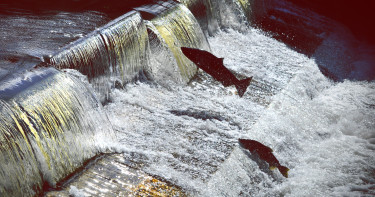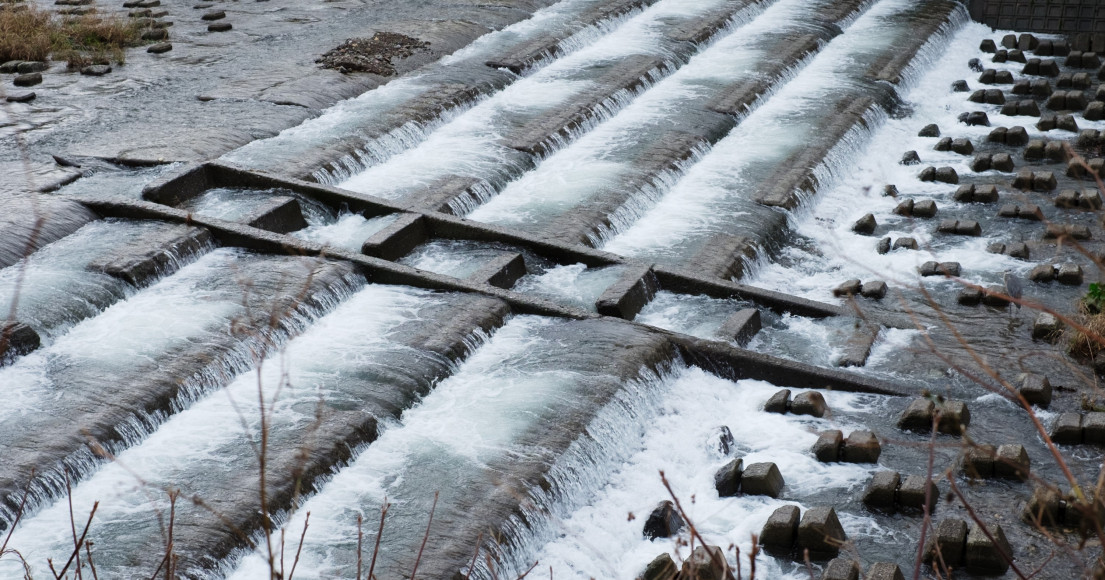Fish passages are very important for the health of river and aquatic ecosystems. But what exactly is a fish passage? We previously told you a bit more about meandering, fish migration and sustainable river management. Today, we take a closer look at the different types of fish passages that facilitate fish migration.
What exactly is a fish passage?
Fish passages, a crucial element for promoting biodiversity, include various structures and systems that enable fish to overcome barriers such as elevation differences and dams. These passages play a vital role in facilitating natural habitats for various fish and other aquatic organisms. The result? A thriving, resilient ecosystem where different species live together harmoniously.

The various forms of fish passages
- Fish ladder: A fish ladder consists of a series of successive (shallow) pools or stages in a river. These steps gradually raise the water level, making it easier for fish to pass obstacles such as weirs or dams. A beautiful sight of fish jumping from one pool to another as they faithfully follow their migration routes.
- Fish elevator: For height differences too great for natural streams or stairs, the fish lift offers a mechanical system to transport fish up or down. Water streams, buckets or a conveyor belt help them make their way safely.
- Fish sluice: A fish sluice is an opening in a structure such as a dam that allows fish to swim through the barrier. Fish sluices can be fitted with grids or guide rails to help fish find the passage and follow the current.
- Fish channel: A fish channel is an artificial channel constructed along a barrier, such as a dam. It enables fish to bypass barriers and migrate further. Fish channels can have different shapes and designs, such as concrete channels or stone-lined channels.
- Fish bypass: A clever diversions such as a fish bypass around obstacles such as a dam or hydropower plant provides fish with safe and efficient migration routes. Whether it is a separate channel running parallel to the main stream or a tributary, fish bypasses allow fish to continue their journey without obstacles.
Our experts are at the forefront of sustainable river management and biodiversity conservation. We strive to continuously provide innovative solutions that protect our waterways and maintain the balance of the ecosystem.
Want to know how you can contribute to sustainable river management?
I am happy to help!





